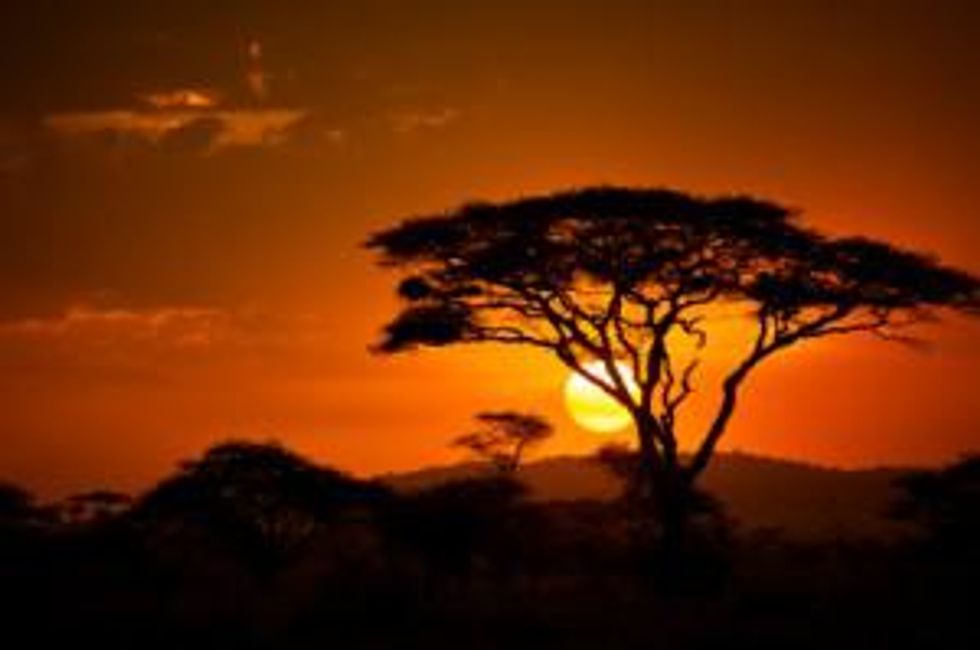Tantalum from Africa is often overshadowed by conflict in one country, but the metal can be found across the continent.
The Democratic Republic of the Congo (DRC) is often associated with conflict tantalum and harmful armed groups, both of which have led many to essentially link all tantalum from Africa to the situation in the DRC. What frequently goes unnoticed is the fact that tantalum can be found across the continent.
Rwanda
While the DRC contains much of Africa’s tantalum, tantalum-bearing ores can be found throughout the continent’s centrally located Great Lakes region.
Rwanda has earned a reputation as a significant producer of tantalum, accounting for 15 percent of global production as recently as 2010, as per figures from the US Geological Survey (USGS). The USGS estimates the nation’s mine production as 110 metric tons (MT) for both that year and 2011.
Some of the metal from Rwanda is believed to be re-exported from the DRC; that is why the SEC’s rules about conflict minerals extend to the DRC’s neighbors. However, while an official statistic is not available on the quantity, Rwanda possesses tantalum of its own that can often be recovered in a fairly simplistic manner.
Last month, Solomon Resources (TSXV:SRB) announced that its crews have started preliminary exploration of the Gipfizi Ridge tin and and coltan target, which is about a two-hour drive from Rwanda’s capital, Kigali. In its press release, the company notes that the target includes an area of active artisanal mine sites.
The inclusion of Rwandan tantalum production in ITRI’s bag-and-tag scheme — an initiative aimed at ensuring that minerals can be traced back to ethical sources — also highlights not only the mineral’s presence, but its accessibility.
Other countries in the Great Lakes region with mined tantalum production include Burundi and Uganda.
Mozambique
Mozambique, located on the eastern coast of Southern Africa, is another nation with tantalum resources. The USGS notes that it has reserves of 3,200 MT.
The Alto Ligonha pegmatite belt hosts historic tantalum mines. One of them, the Marropino mine, is in Noventa’s (LSE:NVTA) portfolio. It is Mozambique’s sole industrial-scale tantalum operation, but not the nation’s only project. Noventa possesses mining and exploration rights for several other sites, including Morrua, another principal historic mine.
Pacific Wildcat Resources (TSXV:PAW) also owns a historic Mozambican tantalum mine, Muiane. The company started production at the site last year and reached a deal to sell its interest to Muscadine months later. That deal collapsed, but Pacific Wildcat is still aiming to divest the property.
Pacific Wildcat’s website notes that Mozambique’s government welcomes investment by foreign mining companies. And Noventa’s states says that investment in mining has grown substantially in recent years, as has the nation’s annual economic growth.
In neighboring Malawi, Globe Metals & Mining (ASX:GBE) has reported that its Machinga rare earth element project hosts tantalum. So too does its advanced Kanyika niobium project, where the company hopes to produce tantalum pentoxide powders in addition to niobium.
Ethiopia
Ethiopia has also earned a reputation as a significant tantalum producer. Tantalum plays a major role in Ethiopia’s mining industry, which contributes significantly to the nation’s GDP.
Most of the known potential for exploiting metal exists in the southern area of the country in the Kenticha Belt, which extends for over 100 kilometers, according to the Geological Survey of Ethiopia (GSE).
The GSE notes that in 2010, production from the Kenticha tantalum mine was equivalent to 200 MT of concentrate containing 50 to 60 percent Ta2O5, meaning that the Ethiopian Mineral Development Share Company (EMDSC), which operates the mine, ranks among the world’s top 10 tantalum producers. Highlighting this potential is a discovery last year that extended the Kentincha mine’s resources by about 10 percent. At current production levels, that should expand the mine’s life by about 15 years.
Nigeria
On the west side of the continent lies the large, populous nation of Nigeria. This country has been a source of tantalum production for decades. Nigeria is believed to host substantial tantalum reserves. Their size and potential have often been discussed, but in terms of exploitation, they receive the most attention from local artisanal miners.
Just last year, one of the nation’s newspapers, Business Day, highlighted the neglect of the nation’s solid resources, specifically mentioning tantalum. It called on the government to make it a priority to encourage the confidence of investors.
Other nations
Tantalum has also been found, exploited and explored for in a range of other nations, including Egypt, Namibia, South Africa, Zimbabwe and Gabon. Though the above is not complete list of the places that tantalum occurs in Africa, it does indicate how widespread tantalum — and perhaps investment potential — is across that vast continent.
Securities Disclosure: I, Michelle Smith, do not hold equity interest in any of the companies mentioned in this article.
Related reading:
Conflict Minerals: ITRI Supply Chain Initiative Fails to Address Major Issues
